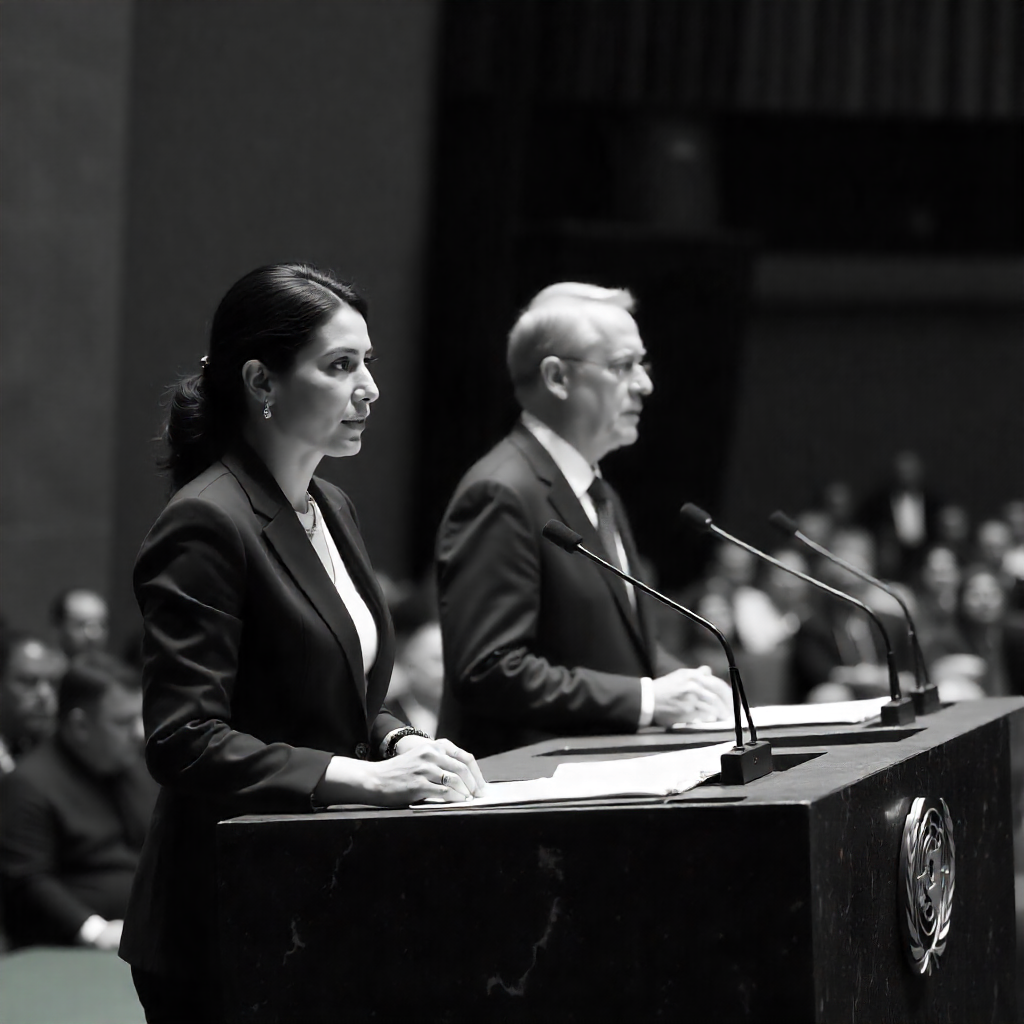In late July 2025, global leaders are convening against the backdrop of one of the most severe climate emergency moments in recent memory: record breaking heatwaves across Europe and catastrophic floods across South Asia. The dual crises underscore the urgency of international cooperation on climate resilience, adaptation funding, and disaster preparedness.
Europe: Unprecedented Heat Crisis
Europe has been enduring searing temperatures well above 40 °C in parts of Italy, France, Turkey, and Germany. These heatwaves driven by intensifying “heat domes” have strained infrastructure, disrupted transportation, and overwhelmed health systems. In Italy’s Puglia region alone, temperatures approaching 40 °C led to multiple heat related deaths, including a 19 year old tourist and senior residents along the coast(Globedge).
Experts estimate that from June 23 to July 2, approximately 2,300 heat related deaths occurred across 12 major European cities, with Milan bearing the brunt at over 300 deaths (The Guardian). The phenomenon highlights a grim pattern: record breaking heat events are occurring with increasing frequency and intensity, amplifying the risk to vulnerable populations and medical infrastructures.
South Asia: Flooding at Catastrophic Scale
Simultaneously, South Asia has been hit by relentless monsoon rains resulting in widespread flooding across Pakistan, northern India, and parts of China. At least 250 lives have been lost in Pakistan, including 85 children, with heavy damage to homes, roads, and communities particularly in Gilgit-Baltistan and Swat Valley. Emergency responses faced criticism for inadequate early warning systems and poor riverbed management (Financial Times).
In neighboring regions of India (Assam, Meghalaya, Manipur, Sikkim), dozens of deaths, landslides, and displacement followed unusually torrential rainfall. Meanwhile in China, Beijing saw an astonishing 195 mm of rain fall in just 13 hours, triggering mass evacuations and major infrastructure collapse, with tens of thousands impacted (IntelliNews).
Scientists link the intensity and volatility of both the European heatwaves and South Asian floods to global warming, which increases atmospheric moisture and destabilises monsoon dynamics (Carbon Brief).
Leadership Response: Calls for Urgent Climate Action
Against this gravely urgent backdrop, world leaders are gathering in forums such as UN climate conferences and regional summits to confront the twin emergencies. At COP style conferences, heads of state and climate negotiators have shared harrowing reports: small island states, vulnerable desert nations, and flood hit countries made powerful appeals for financial justice and accelerated global action. UN Secretary General António Guterres urged wealthier nations to fulfill and scale up climate adaptation funding commitments (The Guardian).
In Baku’s COP conference, leaders from countries like Bangladesh, Grenada, Malawi, and Pakistan delivered candid accounts of loss and demand for climate finance restructuring. The high level “High Ambition Coalition” has been pressing industrial nations to commit over $1 trillion annually in adaptation fund, a proposal many developing countries consider critical to minimise future vulnerability (The Guardian).
Why This Convergence Matters
- Global Risk Exposure The simultaneous emergence of heatwaves in Europe and floods in South Asia illustrates that climate change is no longer isolated but interconnected. The most vulnerable populations suffer disproportionately, regardless of global north or south geography.
- Finance Gap and Equity Many developing nations, particularly Pakistan, are demanding non debt climate finance, grant-based support, and debt restructuring, warning that existing funding remains scarce or unsustainable (eciu.net, Financial Times).
- Governance Pressure These crises have increased pressure on leaders to move from rhetoric to action. COP meetings have seen frustration over the slow pace of progress, prompting calls to “cut theatrics” and deliver real commitments on adaptation, mitigation, and financial reform (The Guardian).

Looking Ahead: What Leaders Must Do
- Accelerate global emissions reductions to halt warming near or above 1.5 °C, reducing the frequency of extreme weather events.
- Scale up adaptation aid especially to finance early warning systems, resilient infrastructure, and managed retreat in flood‑prone areas.
- Fund climate justice mechanisms ensuring that poorer nations receive grants, not just loans, and that institutional architecture is reformed to recognize climate liability.
- Strengthen disaster preparedness, heat health response plans, and cross border collaboration in weather forecasting.
Summary
The confluence of record heatwaves across Europe and catastrophic monsoon flooding across South Asia has brought climate vulnerability into sharp relief. As world leaders convene, their task is no longer negotiable rhetoric but decisive action: delivering climate finance, enforcing robust emission cuts, and building shared resilience. The events unfolding serve as a vivid demonstration that climate breakdown is not a future threat but a present reality demanding global unity and real-world solutions.

